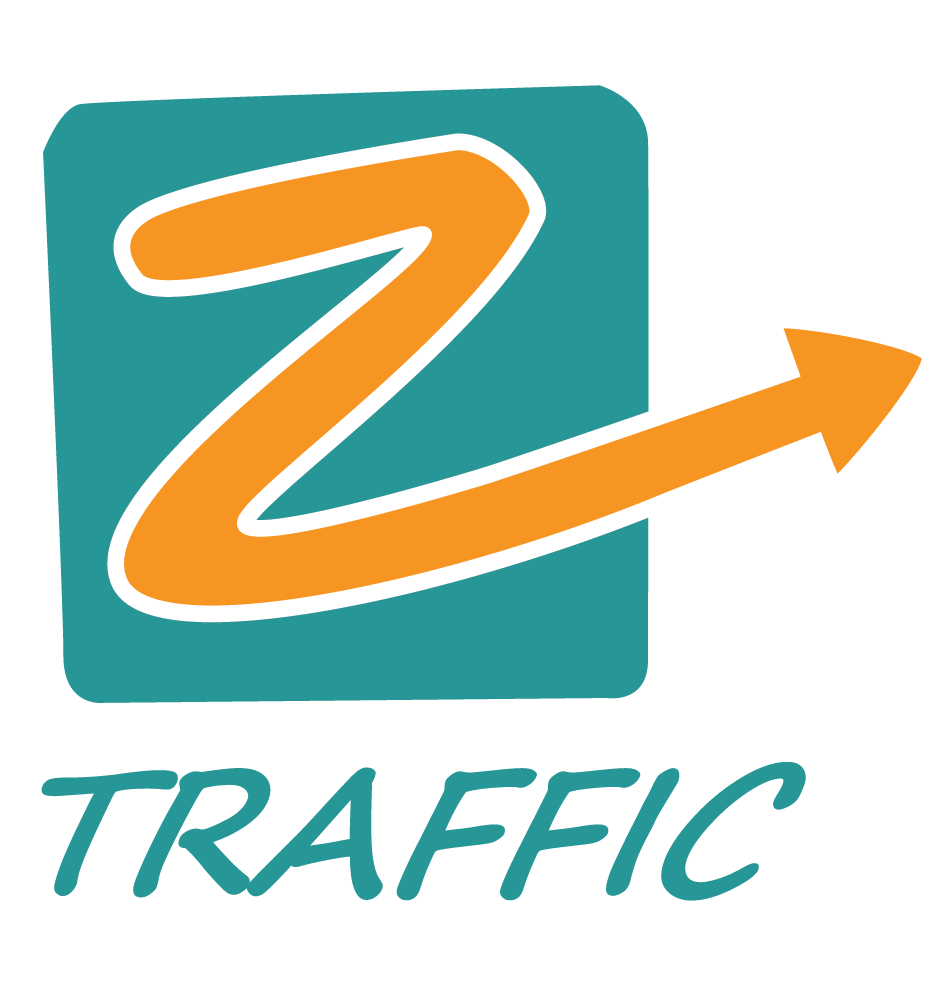Search Atlas is an AI-powered SEO platform that covers keyword research, content optimization, site audits, and backlink tracking in one place, but its most distinctive features are AI tools OTTO SEO, OTTO PPC, and the new Vibe SEO tool, OTTO Agent.
I decided to test the Search Atlas SEO platform using its 7-day free trial to see whether it lives up to the buzz around its AI automation features. I looked at the company’s history, its awards, and user reviews, tested all of its tools, and compared its pricing to competitors. Here’s what I found.
Search Atlas is an AI-powered SEO platform that combines keyword research, content optimization, site audits, and backlink tracking in one place. It focuses on automation and workflow simplification, using its proprietary AI engine, OTTO SEO, to handle technical, on-page, off-page, local SEO, press release distribution, cloud stacking, content, and many more tasks automatically. The Search Atlas platform aims to replace multiple SEO tools while offering a more affordable alternative to competitors like Semrush and Ahrefs.
It was created in 2022 by the entrepreneur Manick Bhan, a 3x INC 5000 founder and the company’s CTO. It has received several industry awards, the latest of which is Best AI Search Software Solution at the Global Search Awards 2025 for OTTO SEO. A significant part of the team is remote and global. Search Atlas keeps a strong focus on SEO testing and research, and offers a scholarship.
From what I saw, Search Atlas suits anyone who needs to manage SEO at scale without juggling multiple tools. It’s built for freelancers, agencies, and enterprises that want a single, automated platform for everything—keyword research, content optimization, link building, site audits, and even PPC campaign creation.
Freelancers and small teams will appreciate how easy it is to set up and how much time it saves, while enterprise clients can take advantage of its scalable infrastructure and detailed reporting. The pricing also makes it accessible, which lowers the barrier for smaller operations.
Search Atlas is great for complete automation, innovative tools, and features based on the team’s research of thousands of websites. The platform offers a 7-day free trial with complete onboarding and excellent customer support.
Pros:
Cons:
The platform offers most of the standard tools, such as rank tracking, keyword research, and link and competitor analysis. However, it also has plenty of unique tools so I focused on them a bit harder here.
First, when you sign up for the 7-day free trial, the platform asks you if you’re using it as an agency or a brand. I picked “brand” (also suitable for individuals) and the platform took me to the onboarding page to set up my project.
Also, you do need to give your credit card details, which I’m always wary of, but I didn’t have any issues cancelling later.
It guides you through the steps and lets you research the tools, connect to GSC, GBP, and GA4, and pick additional services such as additional link building packages and local data aggregation.
The company also sends you a step-by-step onboarding email sequence during the trial, and the support is highly responsive, so this part is a plus for me.
For more solo research, there’s a Knowledge Base available, too.
The dashboard has a dark theme and a very modern look. While it isn’t the most important thing, it can be refreshing compared to tools that have a Windows XP-era aesthetic.
The next thing I tested was the flagship automation tools. What stood out first is how much automation it offers beyond a typical SEO dashboard. The OTTO ecosystem—including OTTO SEO, OTTO PPC, OTTO Agent, and OTTO Implementation Services—feels more like an AI operations team than a set of tools.
So what does OTTO SEO do?
OTTO SEO monitors different issue categories, including technical fixes, content optimization, schema markup, instant indexing, GBP optimization, link building, and digital PR. You get 24/7 tracking of issues, and not just recommendations on how to fix them. You see all of them in the dashboard, choose what to execute, and once you approve changes, OTTO SEO implements them instantly on your site, no matter the CMS.
However, it’s clearly a new tool and needs a few loose ends tied up, given that it got a bit buggy. Still, I’m curious to see where they go with it next.
The combination of site auditing and automation is one of the platform’s main selling points, and I can tell why. Combined with OTTO SEO, you get to monitor and fix issues with more efficiency and less technical knowledge required.
The overview shows you how your site’s health changes over time, and it’s not much different than standard technical SEO tools at first glance.
So far, OTTO SEO has left the strongest impression. Instead of just giving recommendations, it lets you implement fixes directly from the dashboard, and it covers a really wide range of tasks. For agencies, this makes auditing multiple sites much more manageable, and the pricing scales so adding more sites actually gets cheaper per site.
The platform provides the Keyword Research tool, the Keyword Gap Tool, the Keyword Rank Tracker, and the Keyword Magic Tool for finding related terms. I first tested the Keyword Magic Tool by entering a seed keyword and selecting a target location. It returned related terms with volume, difficulty, and search intent. Then I tried the Keyword Gap Tool, which lets you compare your site against up to five competitors. It highlighted ranking gaps, shared terms, and unique opportunities, and it organized them into Gap, Opportunities, and Unique Keywords.
The platform is better known for its rank tracking, as it gives you a choice to really narrow the rank tracking location down, and it’s directly connected to GSC, so you have a reliable overview of where you stand.
Search Atlas puts a strong focus on content, with a full pipeline that covers everything from research to optimization. The Topical Map Generator is where you start: you enter a topic, choose clusters, and set how many long-tail keywords and blog titles to generate. It helps connect themes, guide internal linking, and keep topical consistency across a site.
I also like the Content Planner, which is especially useful for agencies managing multiple clients or freelancers trying to save time. You input a seed keyword, homepage URL, and region, and it generates keyword clusters with volume, competition, and search intent to guide writing priorities.
The platform’s on-page audit works across large numbers of pages, checking meta data, keyword use, and other on-page signals in a single view—great for bigger sites. Scholar is an interesting addition: it scores content and competitors on ranking factors like entities, clarity, and factual language. Some of these metrics take time to understand, but it’s a unique angle for assessing content quality, and it’s been confirmed through Search Atlas research based on Google Leaks.
The platform has three main backlink tools: the Backlink Research Tool, the Backlink Gap Analysis Tool, and the Backlink Profile Comparison Tool.
The Backlink Research Tool analyzes backlinks by domain, subdomain, or specific URL, showing linking domains, anchor text patterns, link types, and page-level metrics. For profile comparison, you get to analyze up to six domains at once, side by side, with pretty nice visualizations.
In the same Site Metrics section, there’s a solid set of competitor overview and research tools. Some are standard tools that look similar to Ahrefs Site Explorer, but with additional features. For example, Search Atlas has its own authority metric, Domain Power, and research so far shows it’s more accurate in predicting actual rankings. This is primarily useful for link building.
Also, you see other authority metrics, traffic, keywords, LLM visibility, and an analysis based on Holistic SEO, which the founder of Search Atlas is a great proponent of.
LLM Visibility is a part of Site Metrics, but it gets a separate section given that it’s becoming a highly necessary feature, and not all platforms have it. The tool tracks your brand across AI-powered search tools like ChatGPT, Gemini, and Perplexity. It shows brand mentions, sentiment, share of voice, and ranking in AI answers.
Also, the company’s Local SEO Heatmaps let you track how you rank in any location with a lot of customization, from area size to map shape.
I heard a lot of users pick Search Atlas because of its affordable data aggregator, which gives you the 5 biggest data aggregators with a discount if you use all of them. This is cheaper than local SEO specialized tools.
You also get to create cloud stacks automatically, and easily distribute press releases with the help of AI, which is excellent for boosting your authority.
Another specialty of Search Atlas is LLM Quest. With this tool, you improve your visibility in LLMs as it lets you find their sources for a query and contact the site directly to build links with them, and hopefully, end up in the LLM’s knowledge base.
IMO, this will come in handy in 2026 if AI browsers start really taking off, although it’s also a top feature now.
I tested the Search Atlas Report Builder and found it useful for pulling all SEO data into one place. It connects to Google Search Console, GA4, Rank Tracker, Backlinks, and Local Heat Maps, so I could combine everything into a single client report. The drag-and-drop layout makes it easy to customize sections, add a logo, and adjust widgets. I liked that I could schedule automatic reports, and the AI summary really helps clients who don’t have time to get into the details.
Search Atlas has a solid ranking on G2 (4.7/5) and Capterra (4.8/5), and mixed but mostly positive reviews on Reddit.
Also, a common complaint was that Deep Freeze (keeping the OTTO SEO changes after cancelling) was paid. I checked, and it is now free as the company decided to pay attention to the complaints.
Starter
Growth
Pro
$99/month
$199/month
$399/month
1 OTTO SEO Project, 10 OTTO Google Ads campaigns, 3 GBP Galactic projects, 2 user seats, 2000 tracked keywords, 5 GSC projects
2 OTTO SEO projects, 10 OTTO Google Ads campaigns, 10 GBP Galactic projects, 3 user seats, 3500 tracked keywords, 15 GSC projects
4 OTTO SEO projects, 10 OTTO Google Ads campaigns, 25 GBP Galactic projects, 5 user seats, 6000 tracked keywords, unlimited GSC projects
There is also an Enterprise Plan with custom pricing and quotas. Also, additional OTTO SEO activations scale in price: $99 per site initially, dropping per site as volume increases. This makes the platform highly affordable for enterprises.
Overall, the tool is cheaper than its biggest competitors and offers plenty of integrated tools that others sell as costly add-ons. For example, the report-building tool is $999 per year, while here, reporting is integrated and comes with the price.
Let’s look at the two biggest ones, as the platform claims it can replace them.
After testing both, I’d say Semrush feels like the safer, more established choice, while Search Atlas focuses on automation and speed.
Semrush impressed me with its massive keyword database, long historical data, and detailed competitive intelligence. It’s the go-to option for large companies that need deep market research and advanced PPC features. However, it’s expensive, takes time to learn, and offers little automation, so most tasks still require manual setup.
Search Atlas, on the other hand, feels more modern. Its OTTO AI handles audits, on-page fixes, and campaign setup automatically, which is a serious timesaver. It integrates directly with WordPress and it’s much more affordable. Still, its keyword database is smaller, the platform is newer and can be buggy, and reviews are mixed.
In short, Semrush gives more data depth, while Search Atlas delivers faster automation and better value for teams that want to move quickly.
Ahrefs stands out for its massive keyword and backlink databases, visual reports, and precise competitor analysis. It’s great for users who want to control every step manually. The tradeoff is that it’s expensive, especially for enterprise plans, and it requires more hands-on time to manage.
Search Atlas feels built for efficiency. Its OTTO SEO agent automates content optimization, technical audits, and internal linking, which removes a lot of manual work. It also includes local SEO tools and real-time tracking, and its entry plans cost less than Ahrefs. However, its data coverage is smaller, and automation sometimes misses finer analytical detail.
I’d say Ahrefs is the stronger option for data depth, while Search Atlas is better for automation and workflow speed.
After testing Search Atlas, I can say it’s one of the more ambitious AI SEO platforms I’ve tried. The OTTO tools let you act on insights directly, handling SEO, PPC, and content tasks automatically. Features like the Site Auditor, Content Genius, and LLM Visibility add useful depth, and the content pipeline works well for freelancers and agencies managing multiple clients.
The platform has some drawbacks. The interface can be confusing at first; there is a learning curve, and occasional bugs appear. OTTO automation is powerful but requires trust since it makes changes directly on your site.
Pricing starts at $99/month and includes many tools that competitors sell separately. For anyone looking for automation, centralized management, and scalable SEO, Search Atlas delivers strong value and is worth trying.
Meet Asim, the maverick of tech news reporting, renowned for his unconventional flair and unapologetic embrace of personal style. Branded by some as “lazy,” he defiantly wears this label as a badge of honor, championing efficiency over needless hustle. Across various digital platforms, he weaves tales of technological evolution, infusing each narrative with a distinct, robotic touch (cough cough.). :)
source












 Follow Us
Follow Us


